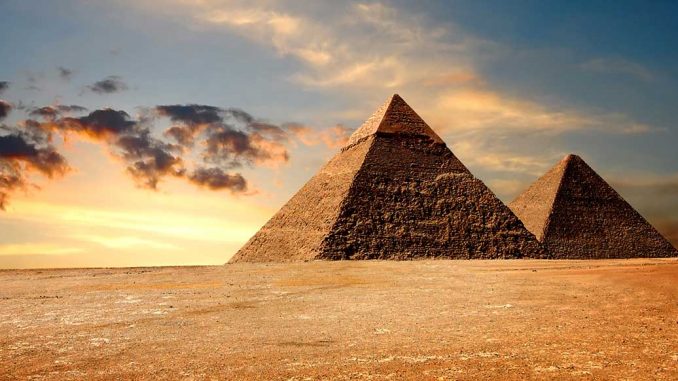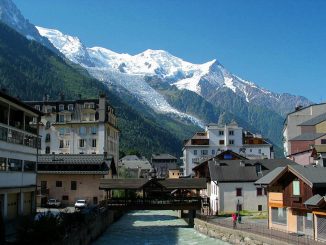
The stunning works of art and architecture, famously called the Seven Wonders of the Ancient World represent a evidence of creativity, imagination and the hard work that humans can be capable of.
The list also is, however, a reminder of the human capacity for resentment and destruction. The moment ancient historians compiled a list of the Seven Wonders of the World, it became a serious debate about which achievements deserved to be included. In the end, human together with natural forces caused the destroying of all these wonders, except one.
The Great Pyramids, located in Giza on the west bank of the Nile River north of Cairo, are the only wonder of the ancient world to have survived to this day. The three pyramids, Khufu, Khafra and Menkaura were built between 2700 BC and 2500 BC as royal tombs. The largest and most impressive is Khufu, which covering an area of 13 acres and is believed to contain more than 2 million stone blocks, ranging from a weight of two to 30 tons. For more than 4,000 years, Khufu has been the tallest structures in the world. In fact it took us until the nineteenth century to build a structure longer than Khufu.
Surprisingly, the pyramids are almost identical and built without the help of modern tools or surveying equipment. It is believed that the Egyptians used log rollers and sledges to move the stones into place. The interior of the pyramids included narrow corridors and hidden rooms, in a failed attempt to thwart tomb robbers. Although modern archaeologists have found some great treasures among the ruins, they believe that most of the pyramids contained were looted within 250 years after they were completed.
Greek poets claim that the Hanging Gardens of Babylon were built near the Euphrates River in modern Iraq by the Babylonian king Nebuchadnezzar II around 600 BC. The gardens are said to have been planted at a height of 75 feet in the air, on a huge square brick balcony and placed on steps like a theater.
Contemporary scientists have concluded that for the survival of the gardens in this distant era, they must be irrigated using a system consisting of a pump, a water wheel and a tank to transport water from the Euphrates to long distances, although there are many accounts of the gardens in Greek and Roman literature, none of which was found before and no mention of the garden was found in Babylonian cuneiform inscriptions. As a result, most contemporary scientists believe that the existence of the gardens was part of a story that was widely believed, but still a story.
The famous Zeus statue was made by the Athenian sculptor Phidas and placed in the Temple of Zeus in Olympia, the site of the ancient Olympic Games around the middle of the 5th century BC. This statue depicts the god of thunder sitting on a wooden throne. It is adorned with gold and ivory. Rising to 40 feet, the statue was so tall that its head was almost touching the top of the temple.
According to legend, the sculptor Phidas asked Zeus to sign his approval after the statue was completed. The statue of Zeus remained in the temple of Olympia for more than eight centuries before Christian priests persuaded the Roman emperor to close the temple in the fourth century AD. The statue was moved to a temple in Constantinople, where it was believed to have been destroyed in a fire in 462 AD.



Be the first to comment